Nestled in Kenya’s Great Rift Valley, Lake Nakuru National Park offers far more than just its iconic flamingo-filled lake. From thrilling wildlife encounters to peaceful waterfall hikes, this compact yet diverse park brims with unforgettable experiences. Whether you’re visiting for a day or staying overnight, here are ten must-do activities that showcase the park’s full splendor.
Top Activities in Lake Nakuru National Park
1. Watch Flamingos Paint the Lake Pink
Lake Nakuru is world-famous for its dramatic pink-hued shoreline, thanks to thousands of lesser and greater flamingos. These birds flock to the lake in mesmerizing numbers, feeding on blue-green algae in the shallow soda waters. The best spots for flamingo viewing include Baboon Cliff and Out of Africa Viewpoint, which offer panoramic lake views. Flamingo populations fluctuate with rainfall and water levels, but even in off-peak seasons, the scene remains vibrant with other waterbirds like pelicans, herons, and storks adding to the spectacle.
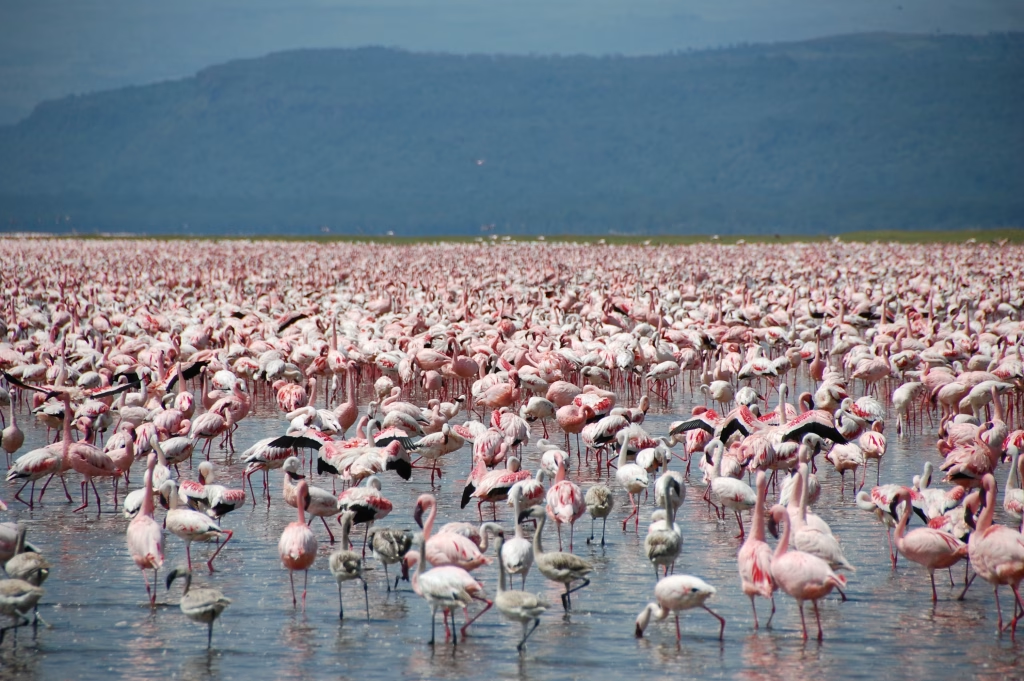
2. Spot White and Black Rhinos on Safari
Lake Nakuru National Park is one of Kenya’s best places to see both white and black rhinoceroses in the wild. As Kenya’s first designated rhino sanctuary, the park is home to over 100 rhinos, most of them white. Thanks to strict conservation measures and electric fencing, sightings are frequent—especially in the open grasslands on the southern side of the lake. The contrast between the stocky white rhino and the elusive, hooked-lipped black rhino makes for a thrilling photographic opportunity and a vital conservation story.
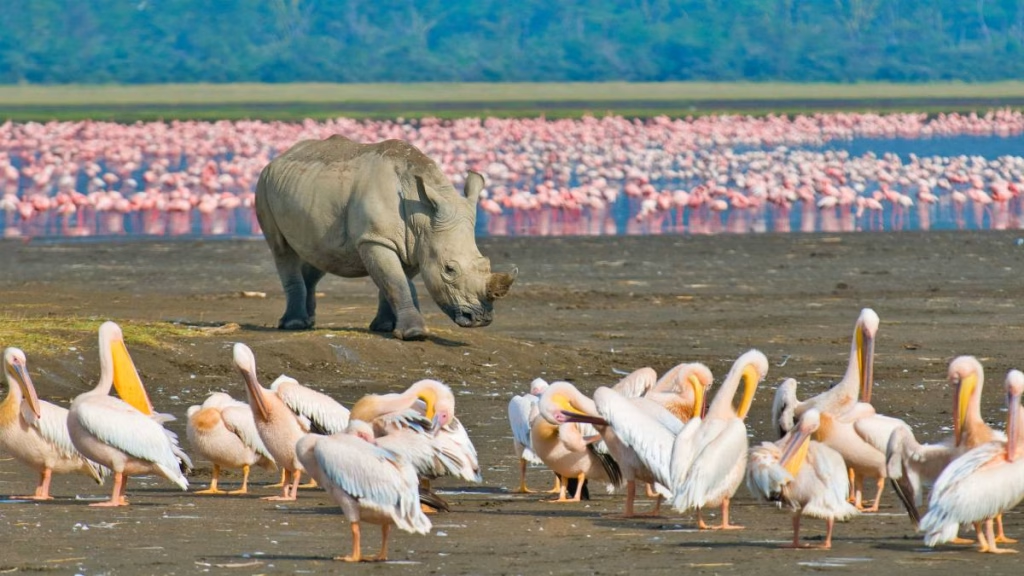
3. Encounter Rothschild’s Giraffes in Acacia Woodlands
Lake Nakuru is one of the few protected areas where you can see the endangered Rothschild’s giraffe, known for its pale legs and lack of markings below the knees. Reintroduced to the park in the 1970s, these graceful giants now roam freely in the park’s lush acacia forests and savannah edges. Watching them move through the golden light of early morning or late afternoon is a highlight for many visitors. Their calm demeanor and close proximity to roads make them ideal subjects for wildlife photography.

4. Take in Panoramic Views from Baboon Cliff
One of the most iconic viewpoints in the park, Baboon Cliff offers sweeping vistas of Lake Nakuru and its surrounding escarpments. It’s an ideal stop for stretching your legs during a game drive and capturing wide-angle photos of the flamingo-lined shore. The area is named after the baboons often seen lounging nearby, though the real attraction is the breathtaking elevation that gives you a bird’s-eye view of the entire park. Arrive early or late in the day for the best light and fewer crowds.

5. Picnic at the Scenic Makalia Falls
Tucked away in the southern end of the park, Makalia Falls is a hidden gem that rewards those willing to venture a little off the main safari circuit. The falls are especially impressive during the rainy season when water cascades down the rugged rock face into a shallow pool below. Surrounded by lush vegetation and occasional wildlife sightings, this spot offers one of the most serene picnic areas in Lake Nakuru. It’s a perfect break from game viewing—just make sure you bring a 4×4 to access it safely.
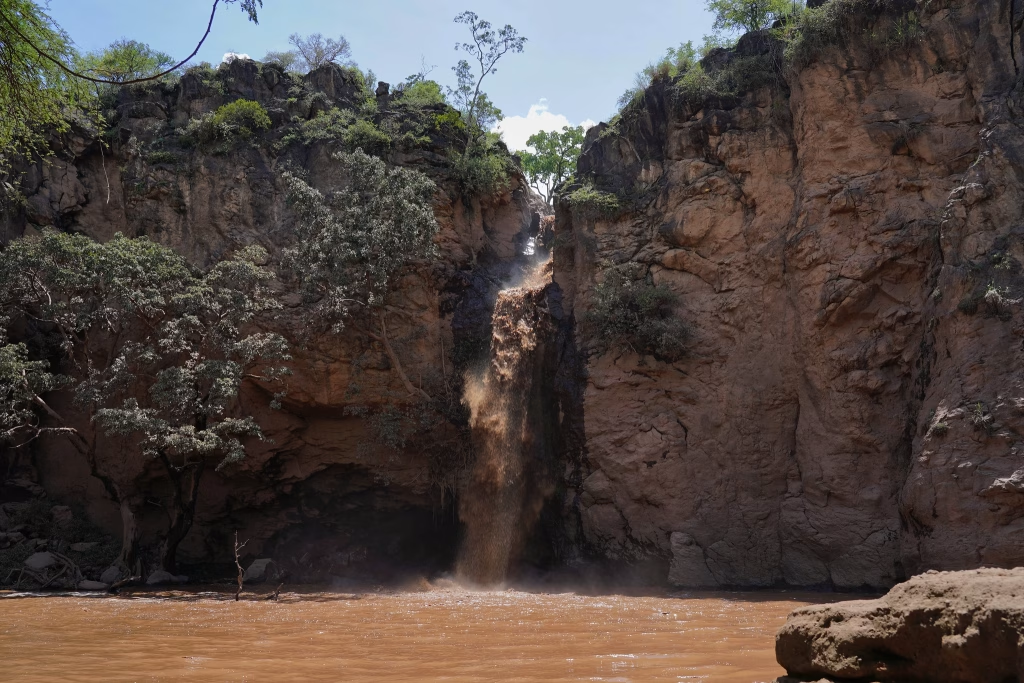
7. Discover Birdwatching Beyond Flamingos
While flamingos are the headline act, Lake Nakuru is a birdwatcher’s paradise with over 450 recorded species. The park’s mix of aquatic, woodland, and savannah habitats attracts everything from majestic African fish eagles to vibrantly colored lilac-breasted rollers. Birding enthusiasts will appreciate sightings of pelicans, cormorants, kingfishers, and the endangered grey crowned crane. Whether you’re a seasoned birder or a casual observer, a pair of binoculars and a guidebook will quickly turn your safari into an avian treasure hunt.

8. Walk Among Prehistoric Sites at Hyrax Hill
Just a short drive from the park’s main gate, Hyrax Hill Prehistoric Site offers a fascinating look into the region’s ancient human history. Excavations here have revealed evidence of Neolithic and Iron Age settlements, including burial sites, pottery, and tools. The on-site museum displays these artifacts alongside interpretive exhibits, making it an ideal cultural complement to your safari. A brief walking trail takes you to the top of the hill, where panoramic views of Nakuru town and Lake Nakuru await.
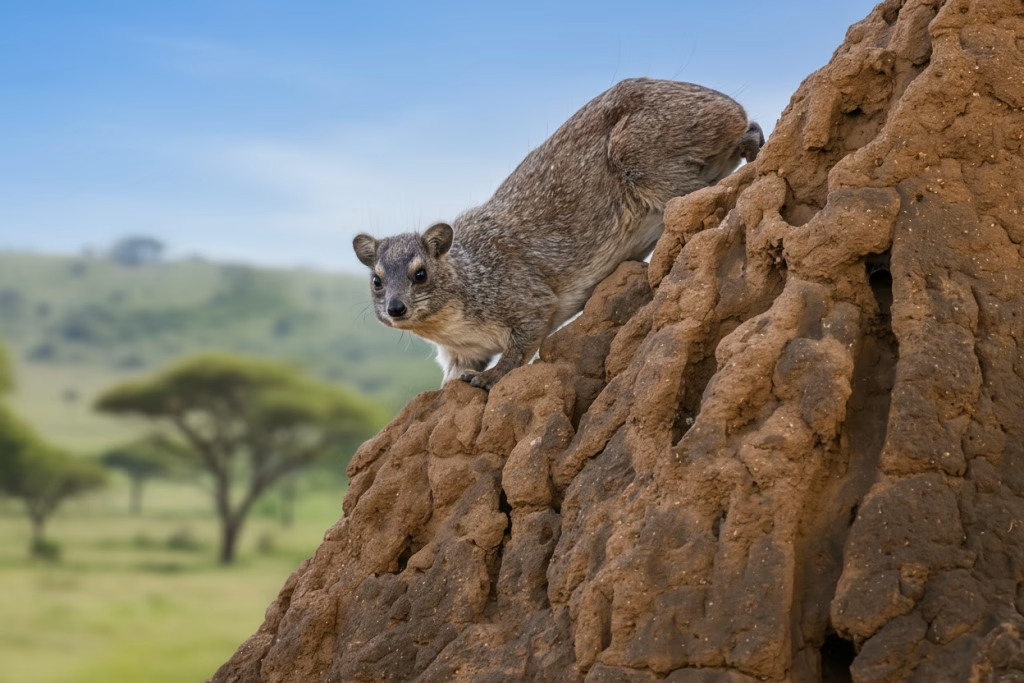
9. Explore the Out of Africa Viewpoint
Named after the iconic film, the Out of Africa Viewpoint provides one of the most cinematic panoramas in Lake Nakuru National Park. Perched on the eastern escarpment, it delivers sweeping views of the lake, acacia woodlands, and distant Mau Escarpment. The viewpoint is especially popular during sunrise and sunset, when the light softens and wildlife silhouettes appear below. It’s a peaceful spot for quiet reflection, photography, or simply soaking in the vast beauty of the Rift Valley.
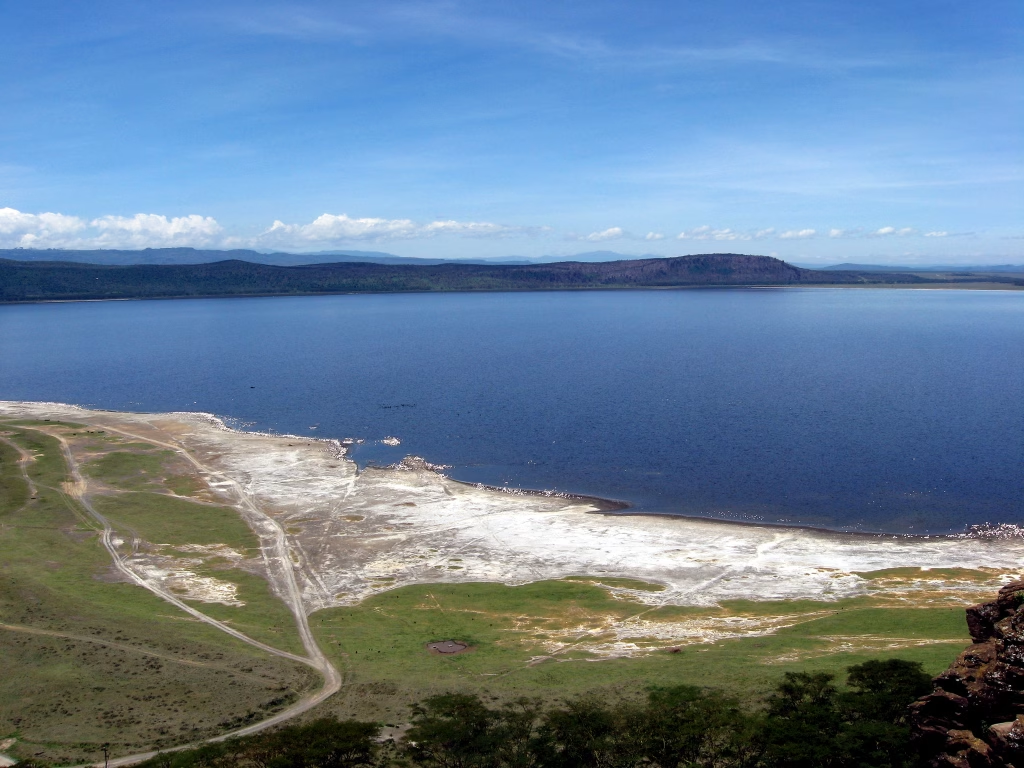
10. Enjoy a Guided Nature Walk with a Ranger
For a more intimate encounter with the park’s landscape, a guided nature walk led by a Kenya Wildlife Service ranger offers a chance to slow down and connect with nature on foot. These walks are typically conducted in designated safe zones and reveal details often missed from a vehicle—tracks, droppings, plants, insects, and smaller animals. With your guide’s insights, you’ll gain a deeper understanding of Lake Nakuru’s ecology and conservation efforts. It’s a calm, educational break from the usual game drive.
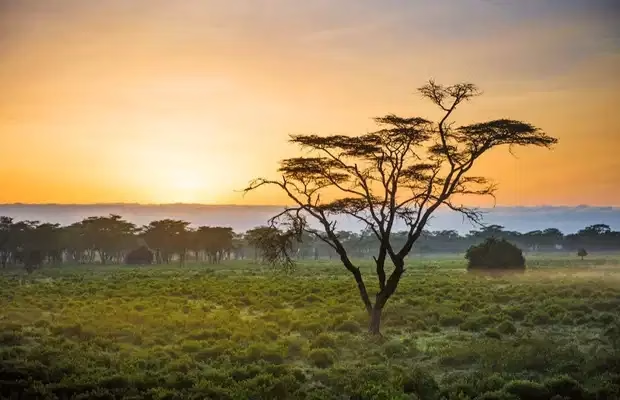
Best Time to Visit Lake Nakuru National Park
Lake Nakuru National Park can be visited year-round, but your experience may vary depending on the season. The dry season, from June to February, is ideal for game viewing, as animals gather near the lake and visibility improves. This is also the best time for photography, with clear skies and golden light at sunrise and sunset.
The wet season, from March to May and November to early December, transforms the park into a lush green haven. While some roads may become muddy, birdwatchers and photographers will love the vibrant scenery and dramatic skies. Flamingo numbers may fluctuate based on water levels, but other waterbirds remain plentiful throughout the year.
Practical Tips for Visiting Lake Nakuru National Park
To make the most of your trip, aim for early morning or late afternoon game drives when wildlife is most active and lighting is ideal for photography. A 4×4 vehicle is highly recommended, especially during the rainy season, as some roads can become slippery or flooded.
Pack binoculars, a camera with a zoom lens, sun protection, insect repellent, and layered clothing—mornings can be chilly, while afternoons may get quite warm. Always follow park rules: stay in your vehicle unless in designated areas, keep a safe distance from animals, and avoid loud noises.
For a richer experience, consider hiring a local guide or joining a professional tour operator who knows the best routes and wildlife hotspots.
Plan Your Lake Nakuru Safari with Confidence
Lake Nakuru National Park offers an unforgettable blend of wildlife, landscapes, and cultural history—perfect for first-time safari-goers and seasoned explorers alike. Whether you’re marveling at flamingos, tracking rhinos, or picnicking by a waterfall, each experience adds a unique layer to your journey through Kenya’s Great Rift Valley.
To truly make the most of it, consider a professionally guided trip that handles every detail. Our 2 Days, 1 Night Lake Nakuru National Park Safari is the perfect way to explore the park’s top attractions without the stress of planning. With expert guides, comfortable accommodation, and seamless logistics, it’s the ideal escape into one of Kenya’s most captivating national parks.

